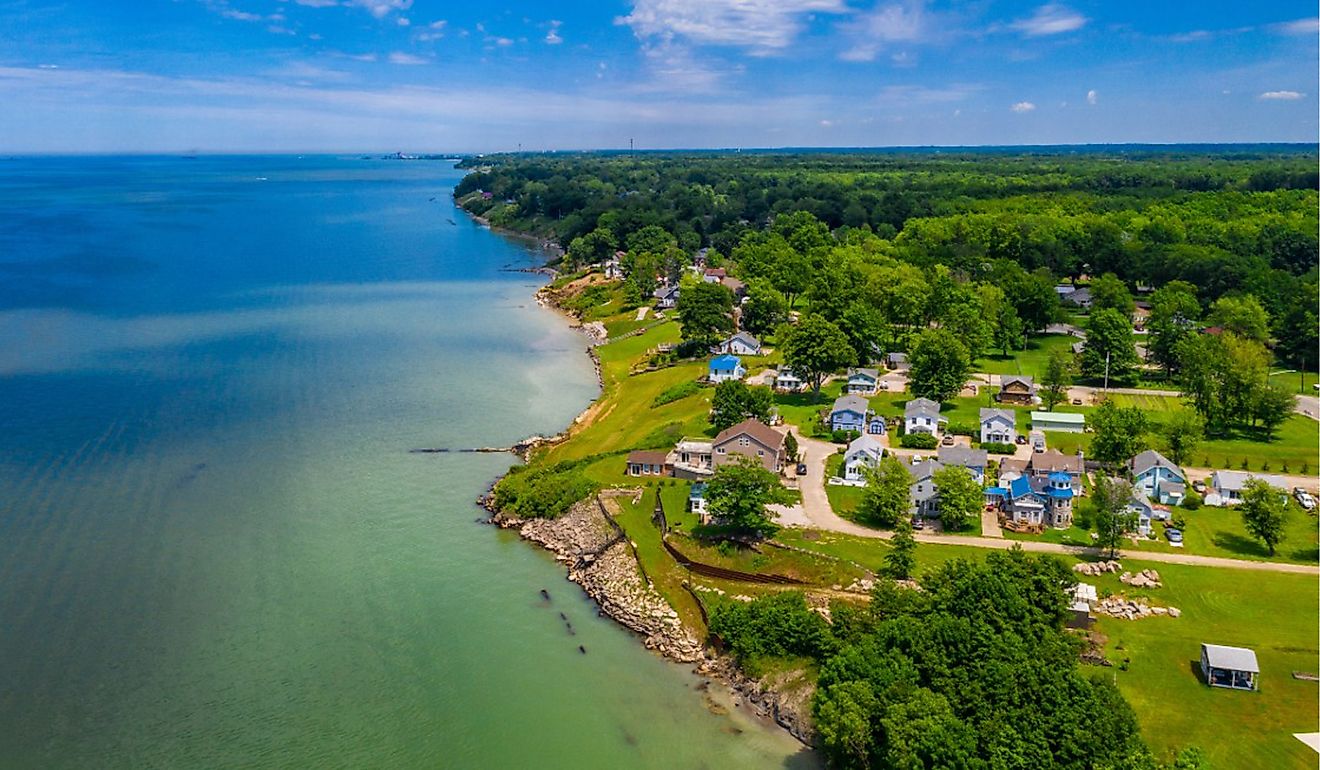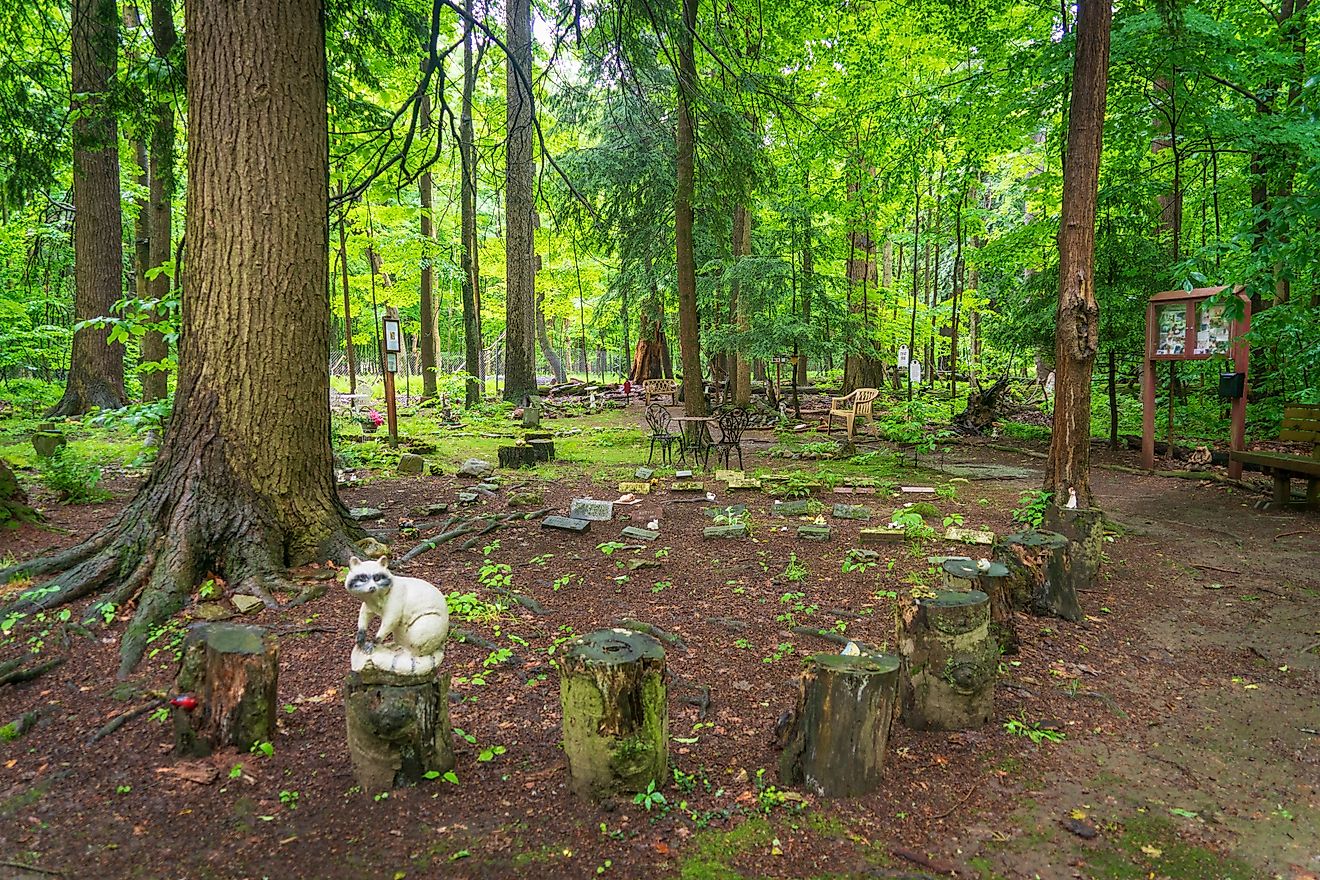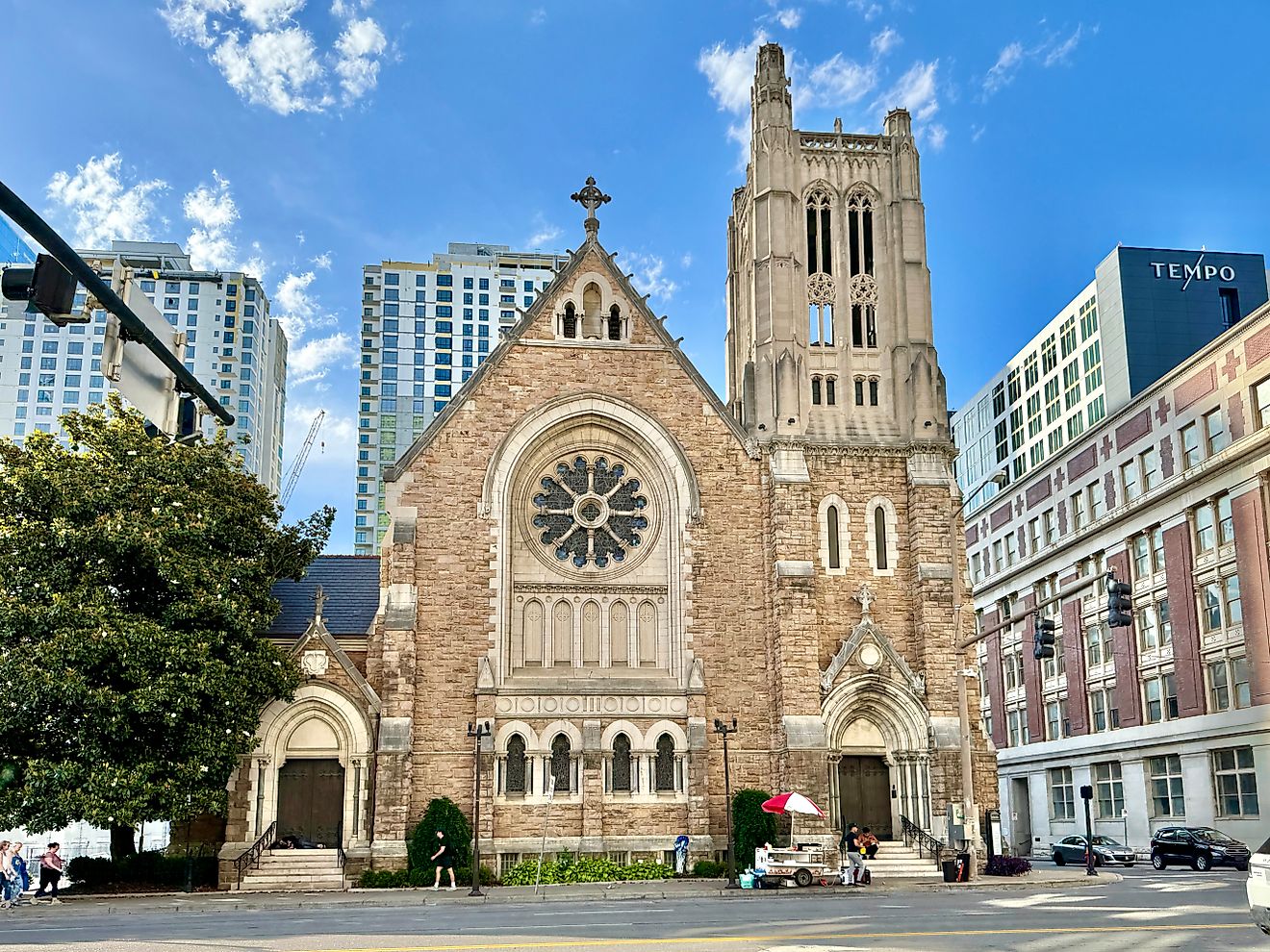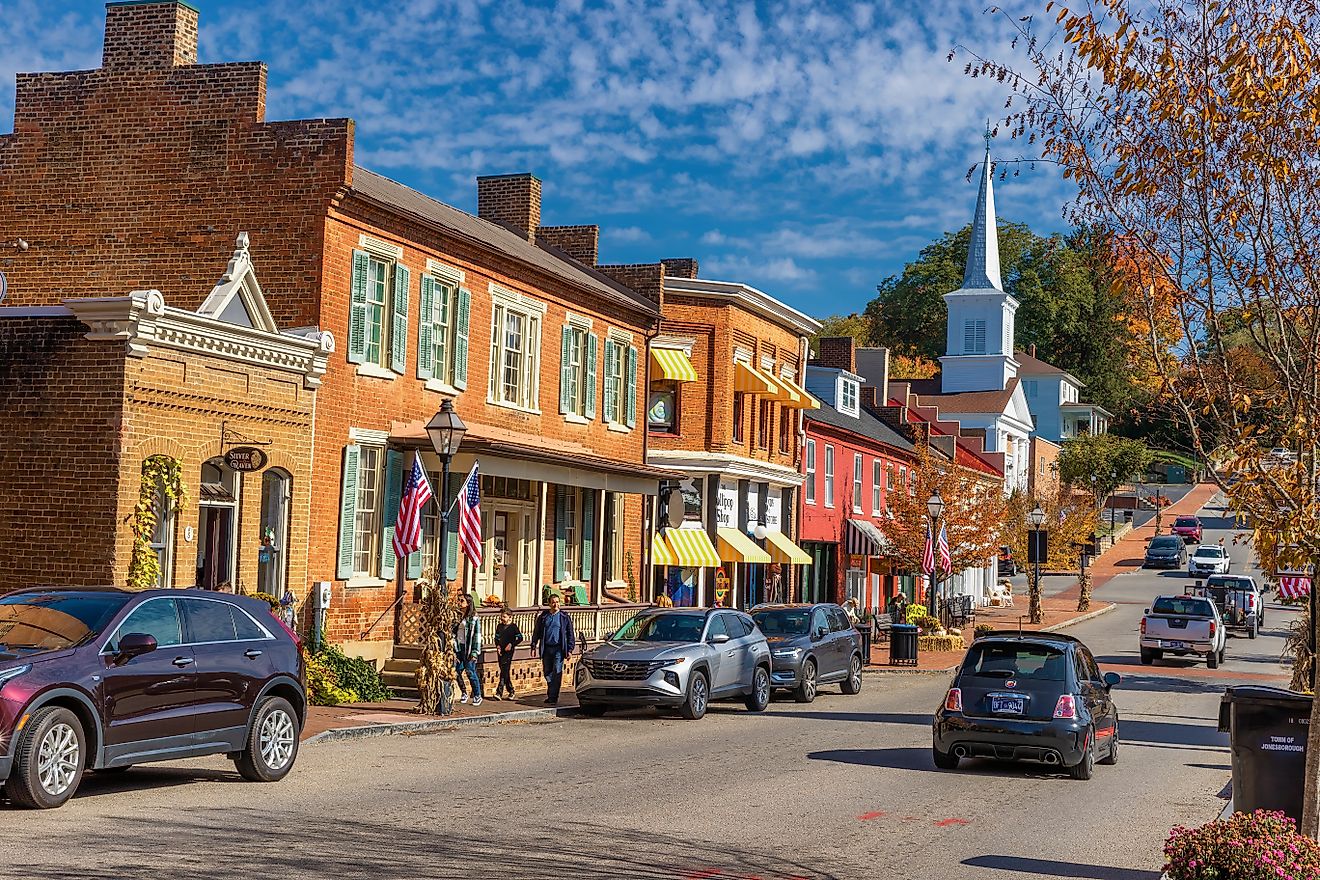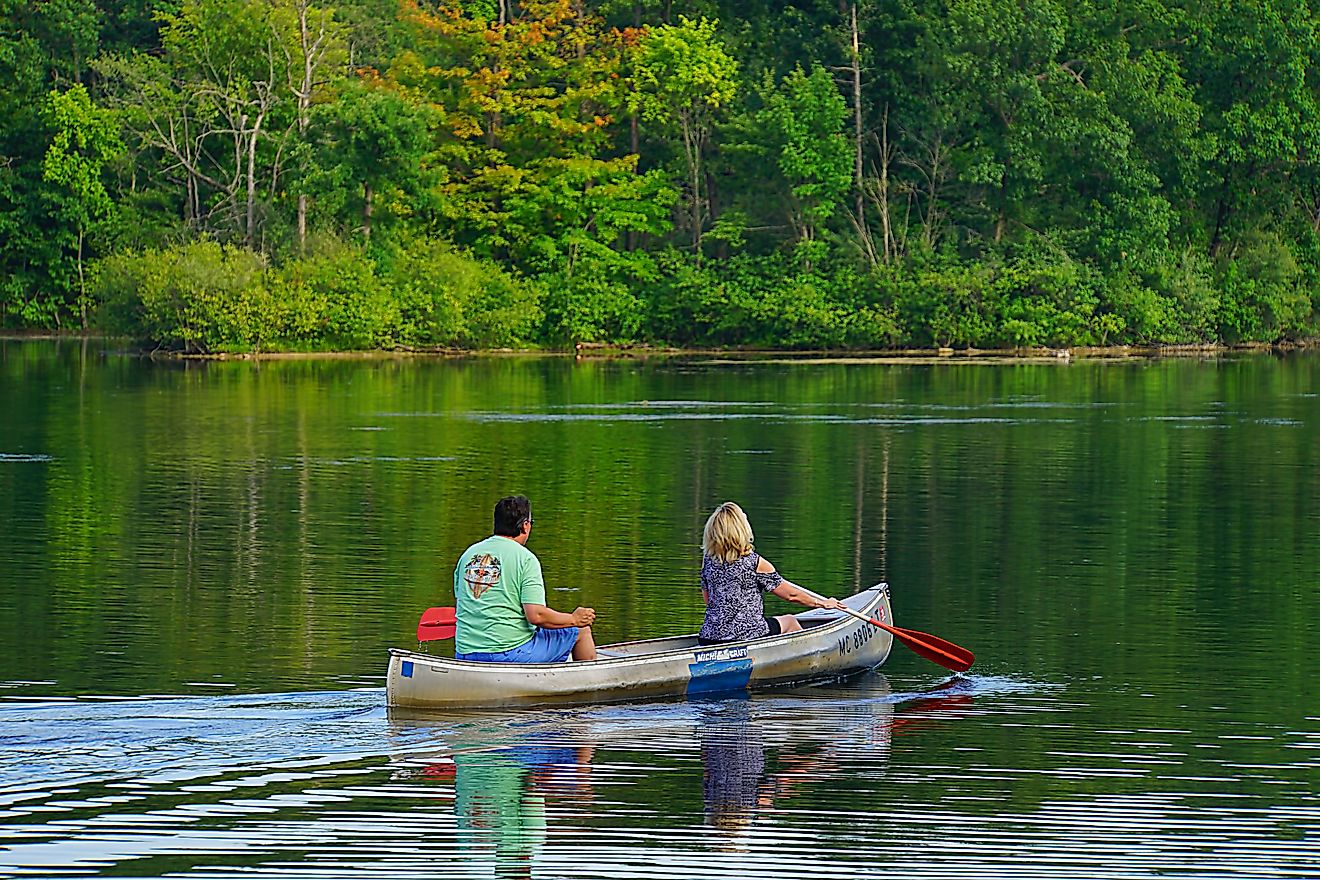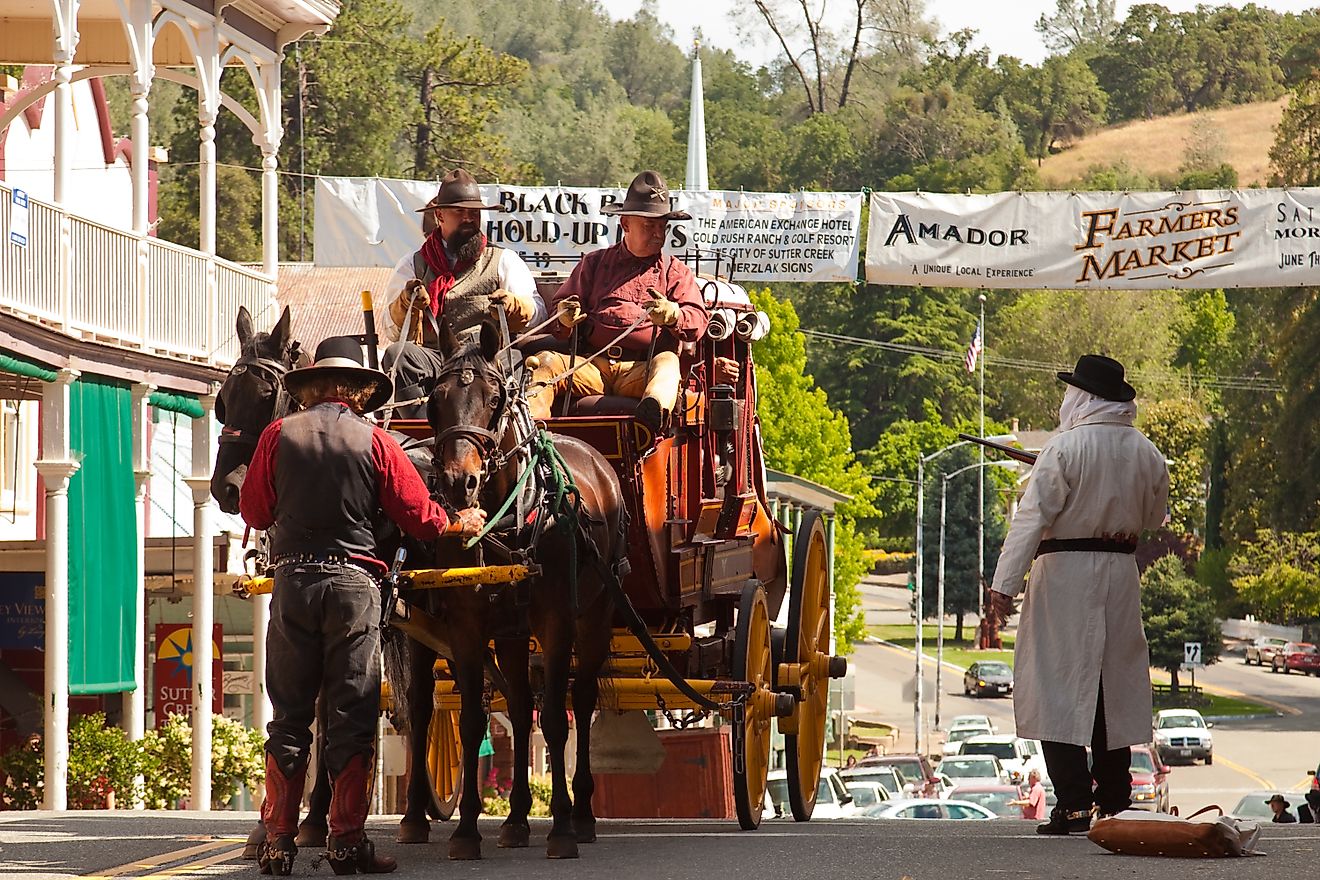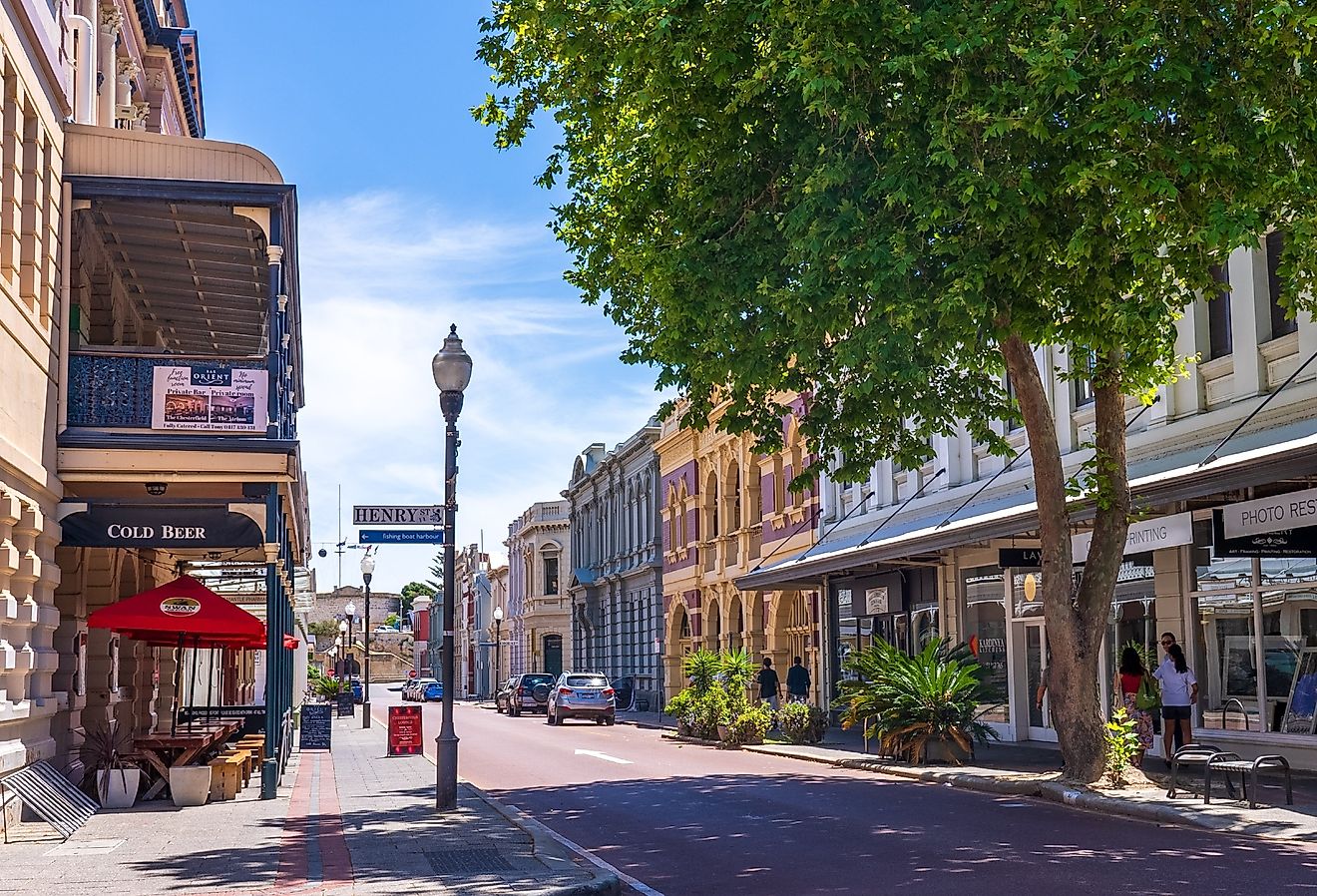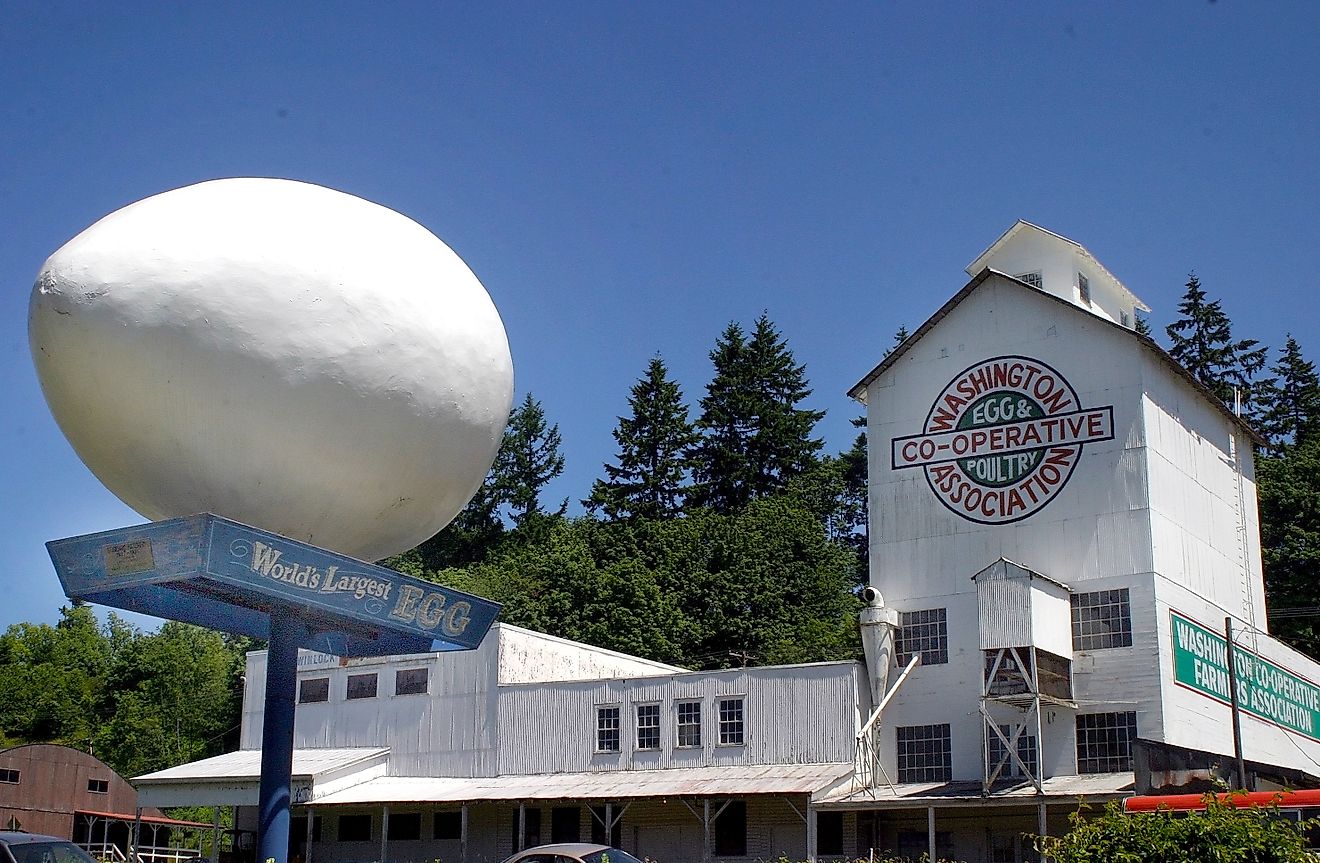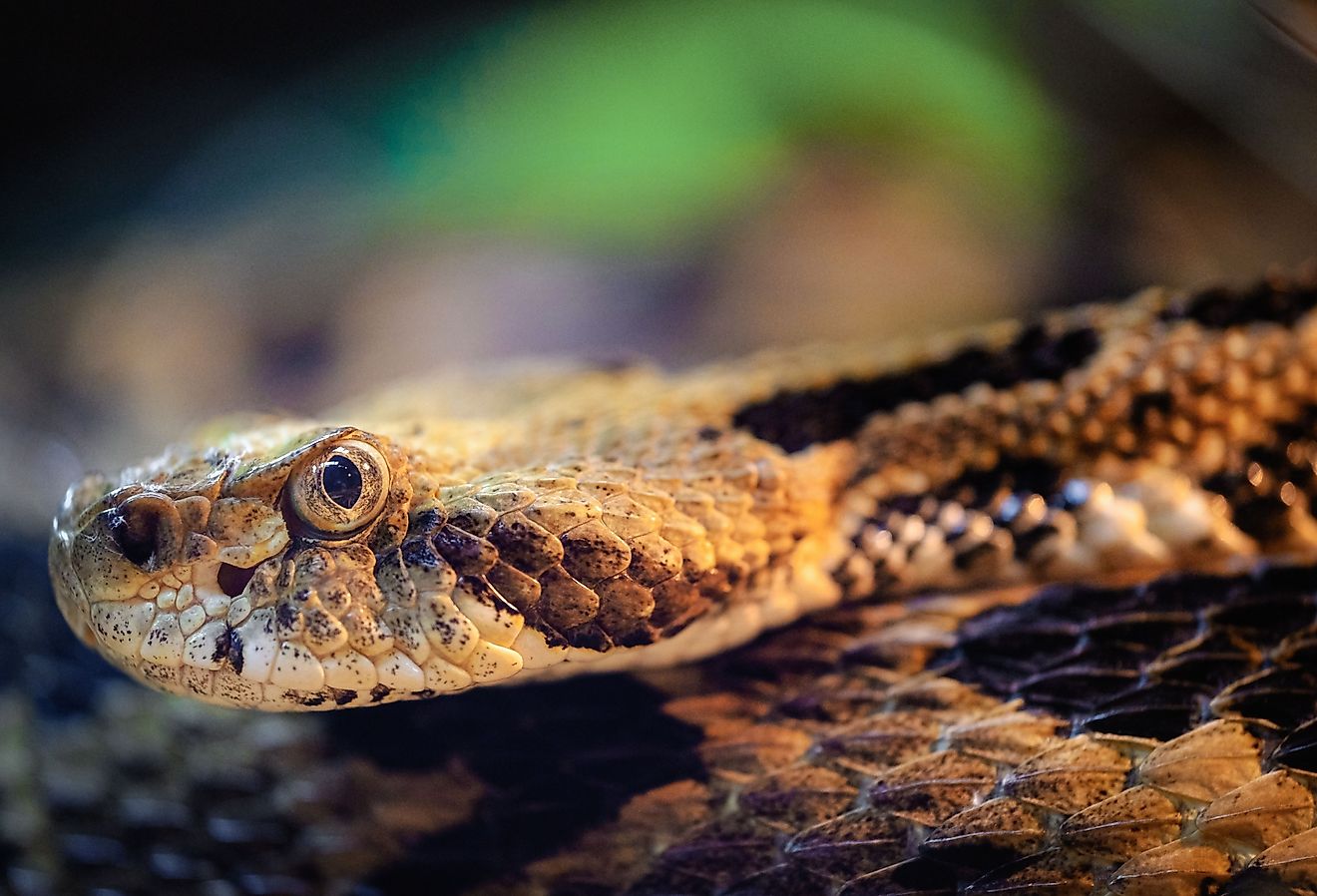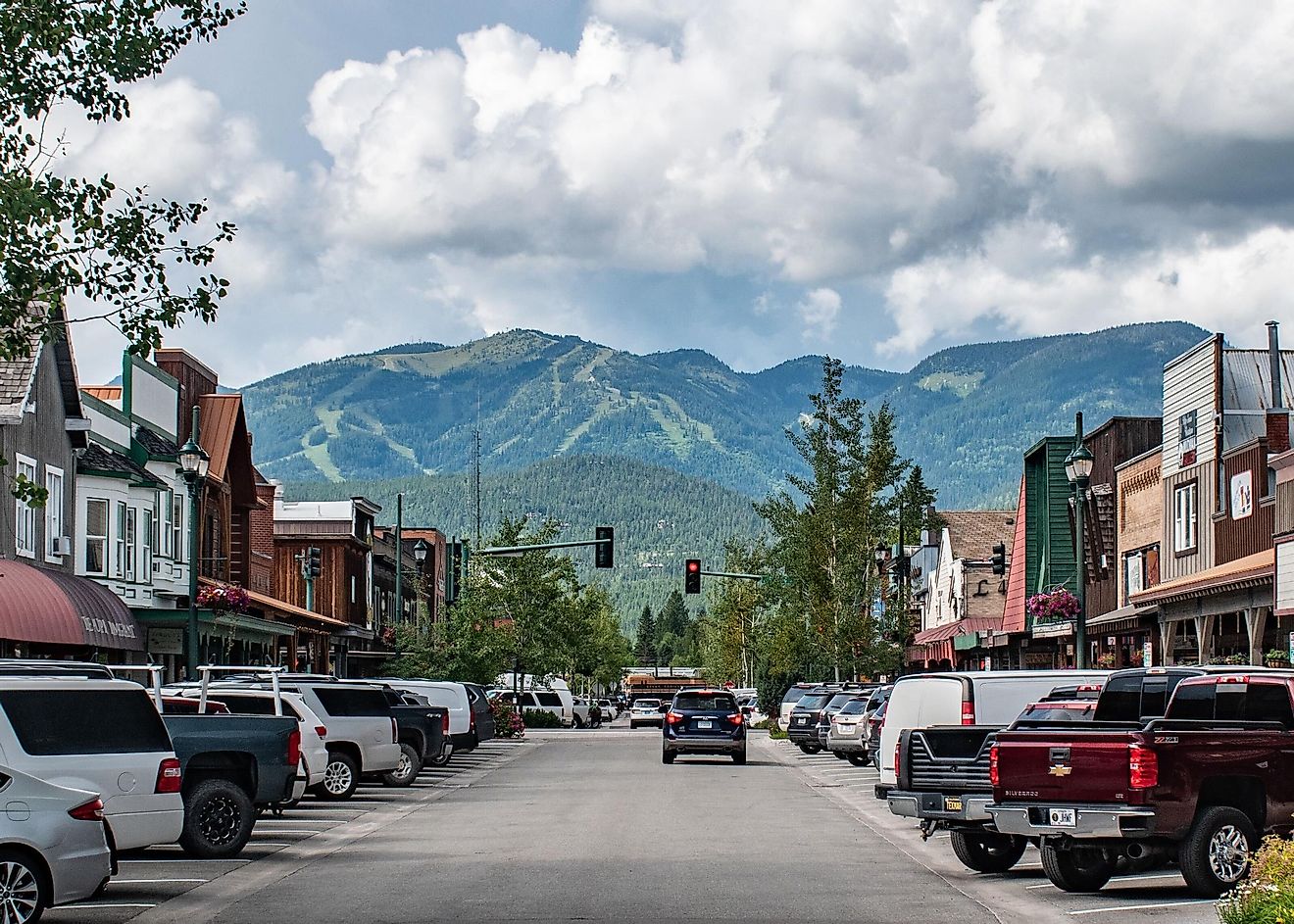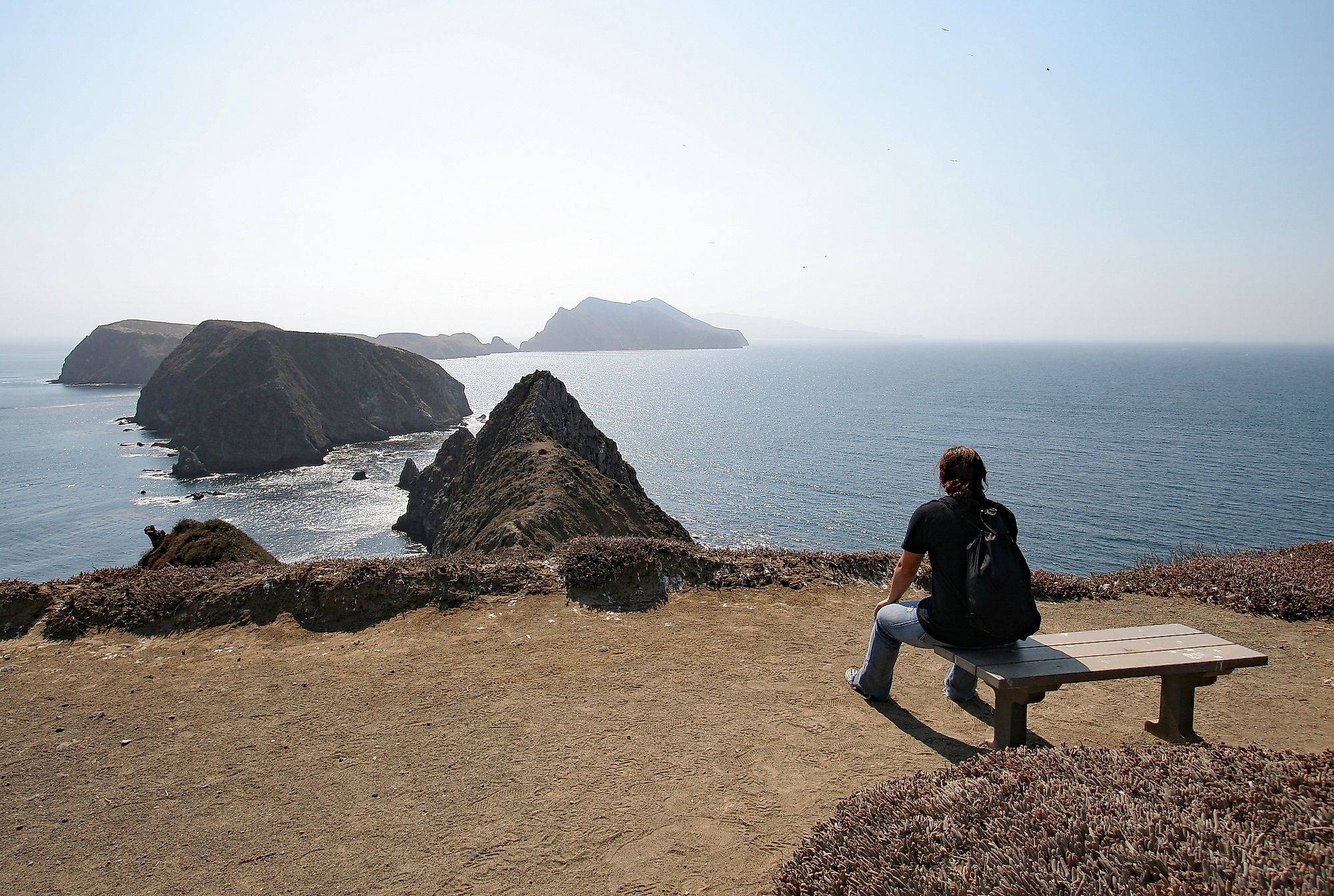
Channel Islands National Park
The Channel Islands National Park consists of five beautiful Channel Islands that are situated off the Pacific coast of Southern California, United States. Even though these islands are located near the shore of the state of California, they are mostly undeveloped. The Park is currently managed by the National Park Service and the islands are only accessible by boat or ferry.
Geography
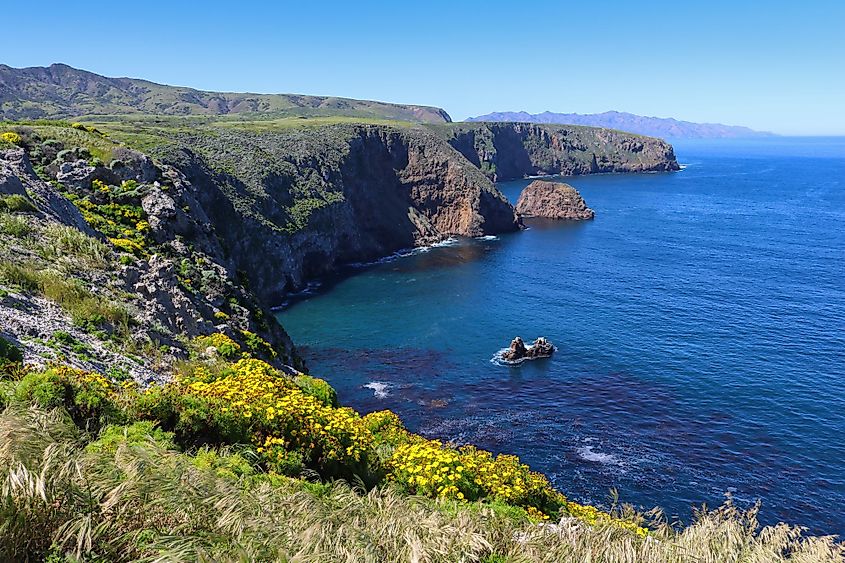
The Channel Islands National Park covers an area of 1,009.94 sq. km and comprises the islands of Santa Barbara, Anacapa, San Miguel, Santa Rosa, and Santa Cruz. Of these, the islands of Santa Barbara, San Miguel, Santa Rosa, and Santa Cruz forms a part of Santa Barbara County; while the island of Anacapa forms a part of Ventura County. Santa Cruz Island is the largest of the Channel Islands and occupies an area of 249.952 sq. km. It is also the largest privately owned island off the Continental United States, 76% of which is owned by Nature Conservancy, and the remaining 24% is owned by the National Park Service. Santa Barbara Island is the smallest of the Channel Islands and occupies a total land area of 2.625 sq. km. It is also the southernmost island in the Channel Islands National Park.
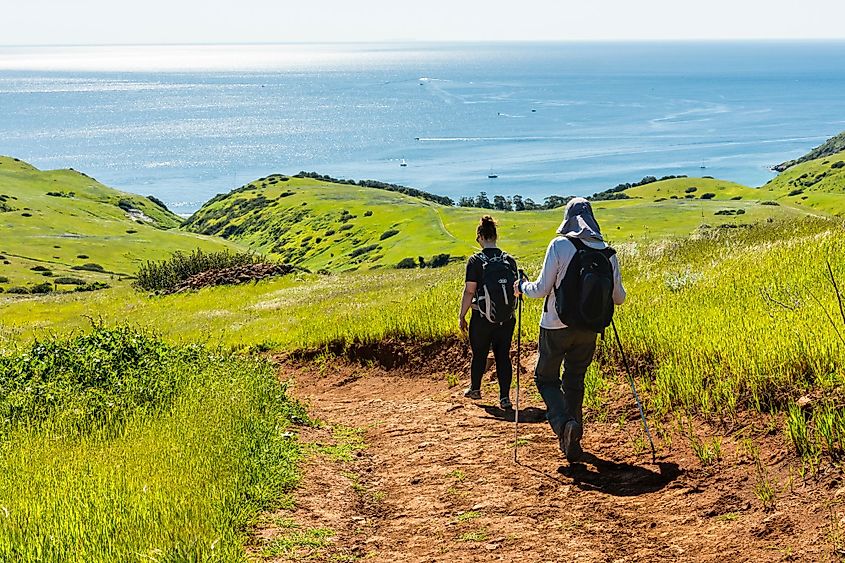
The total eight Channel Islands are categorized into two distinct groups: the Northern Channel Islands and the Southern Channel Islands. Of the five Channel Islands in the National Park, the islands of Santa Cruz, Santa Rosa, San Miguel, and Anacapa form a part of the Northern Channel Islands, while only the island of Santa Barbara forms a part of the Southern Channel Island. Geologists believe that the Northern Channel Islands were originally a part of an ancient landmass known as Santa Rosae. This large landmass began shrinking about 20,000 years ago and due to the rising sea levels, most of the island was submerged into the Pacific Ocean. About 9,000 years ago, the large landmass was split into the four islands that currently form a part of the Northern Channel Islands. The Channel Islands National Park is also well known for its large number of sea caves. Although the number of visitors is quite low, the National Park offers many recreational activities including scuba diving, camping, kayaking, day hiking, paddleboarding, backpacking, and snorkeling.
Ecology
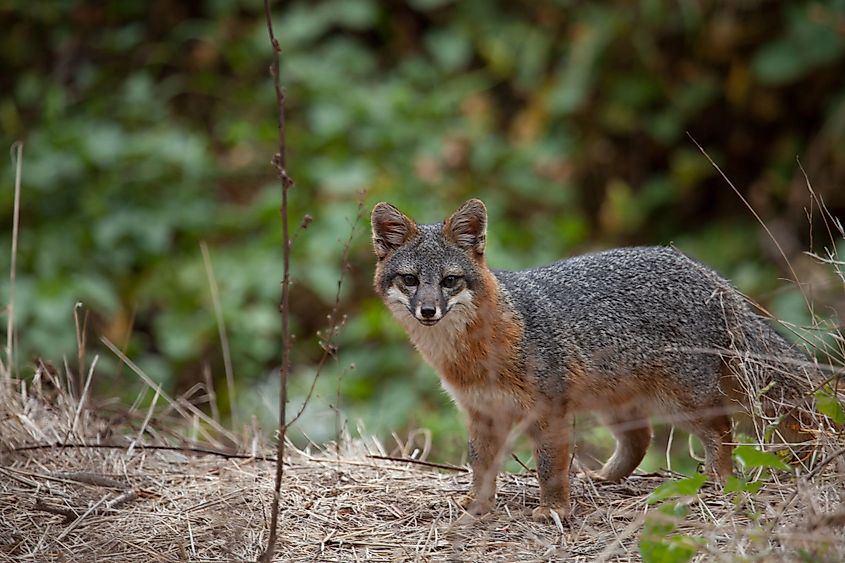
More than 2,000 species of plants and animals have been recorded in the Channel Islands National Park. Some of the notable animals that are found here include the deer mouse, Channel Islands fox, California sea lion, island fence lizard, spotted skunk, harbor seal, American kestrel, California brown pelican, etc. The marine life in the park ranges from microscopic planktons to blue whales. The Channel Islands National Park contains about 145 species that are endemic to the area and has therefore been rightly nicknamed as “The Galapagos of North America.”
Brief History
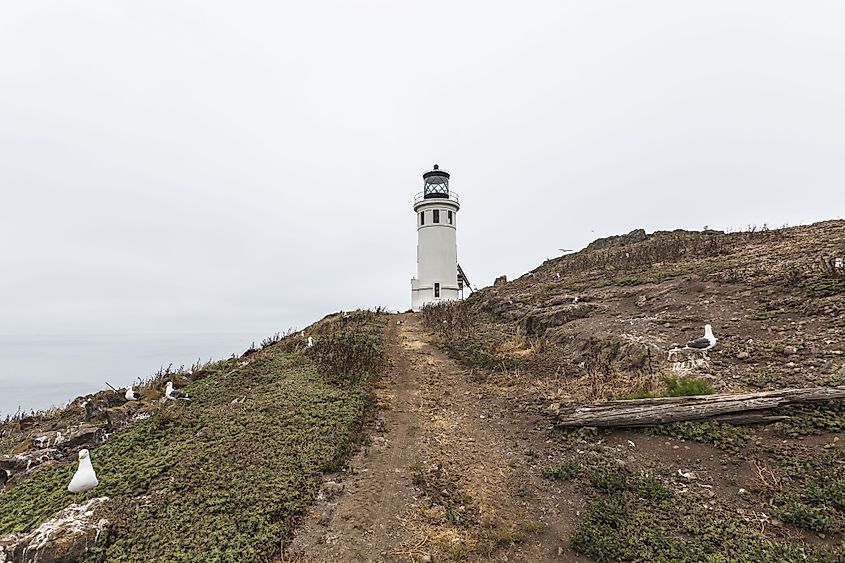
The earliest evidence of the human settlements in the continent of North America was found in the Channel Islands with the discovery of a 13,000 years old human fossil which was known as the “Arlington Spring Man”. After the discovery of the fossil, archaeologists believe that the Channel Islands were initially inhabited by the Paleo coastal people. It is also believed that these Paleo coastal people were the ancestors of Chumash people who later inhabited the three Northern Channel Islands. In 1542, the islands were first observed by the Iberian maritime explorer Juan Rodríguez Cabrillo. In 1937, a marine biologist named Theodore D. A. Cockerell started collecting specimens for research and published articles describing the importance of these islands. In 1938, President Franklin D. Roosevelt proclaimed the Anacapa and Santa Barbara Islands as the Channel Islands National Monument. A bill was introduced in the US Congress for establishing the Channel Islands National Park, which would include the former Channel Islands National Monument as well as the islands of Santa Rosa, Santa Cruz, and San Miguel. The bill was passed and the US President Jimmy Carter signed the legislation, establishing the Channel Islands National Park on March 5, 1980.
